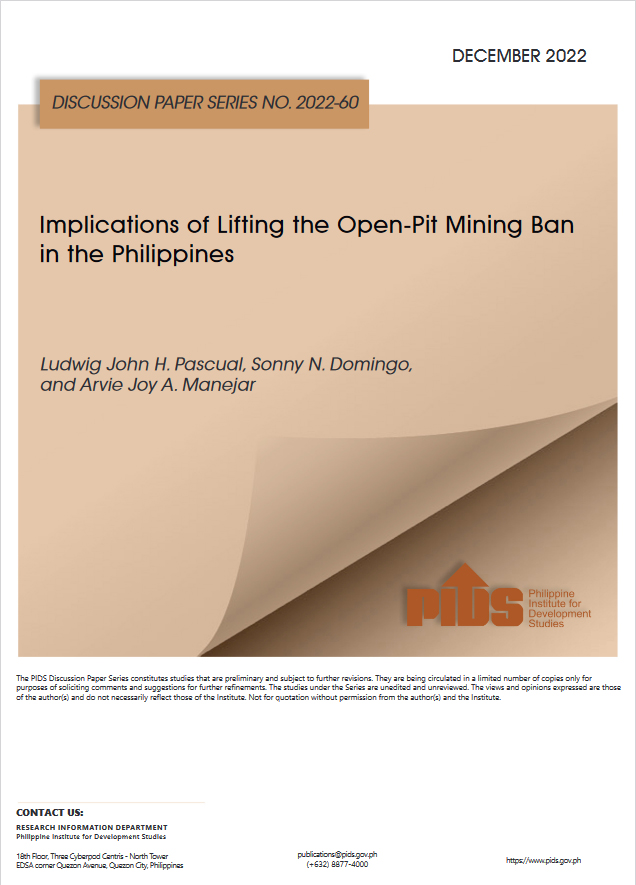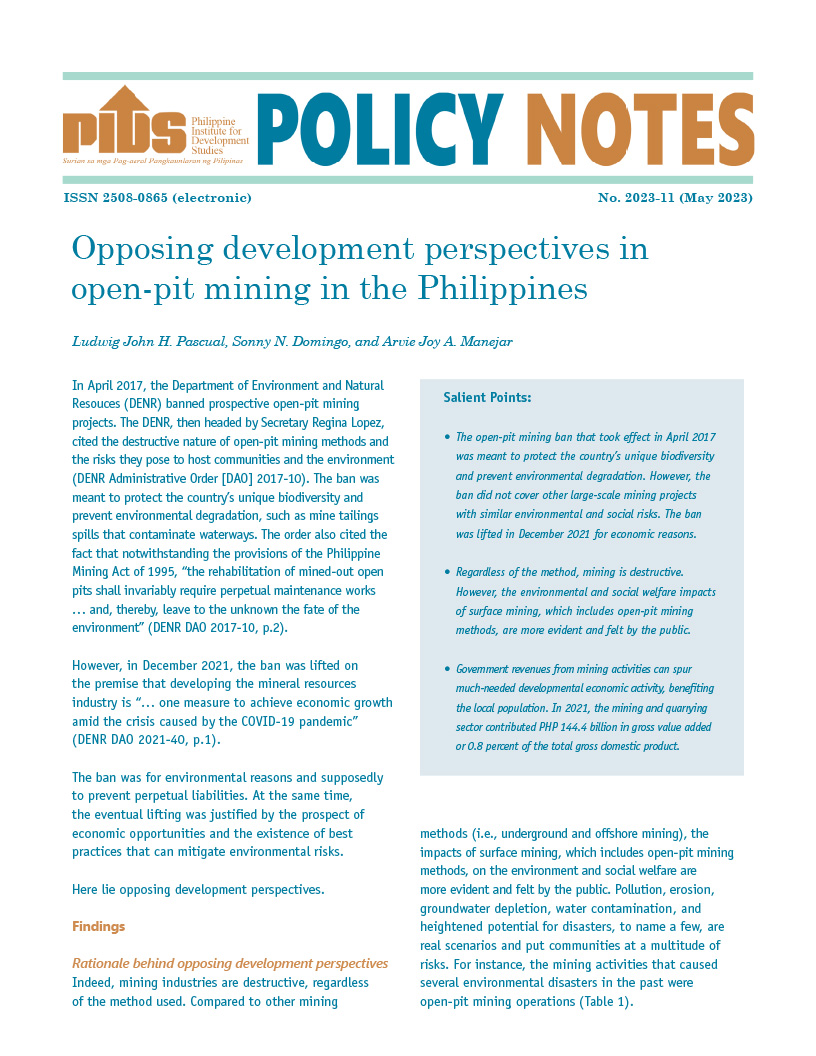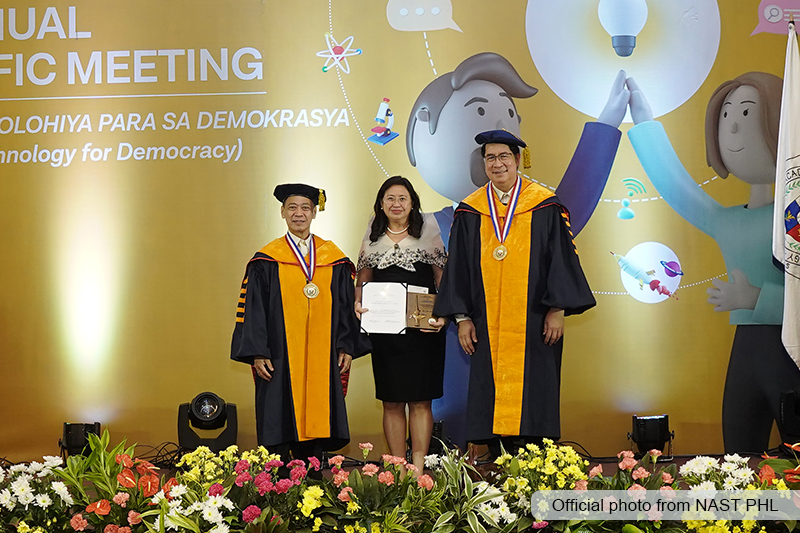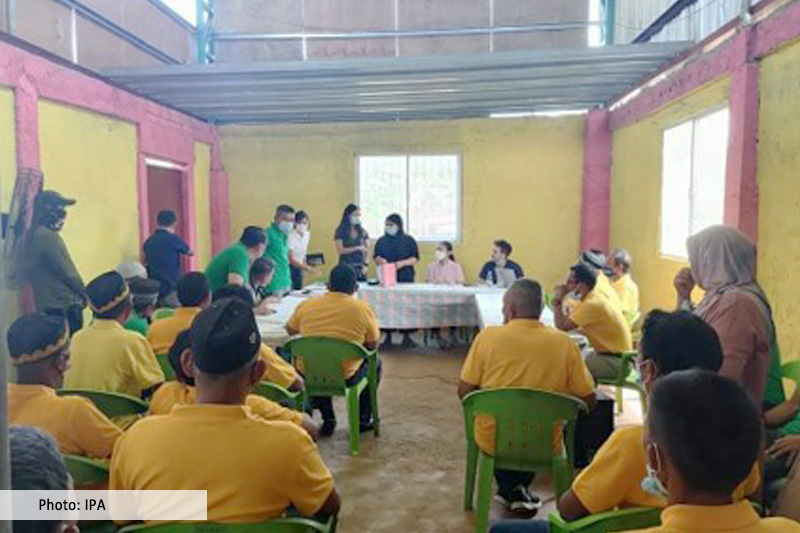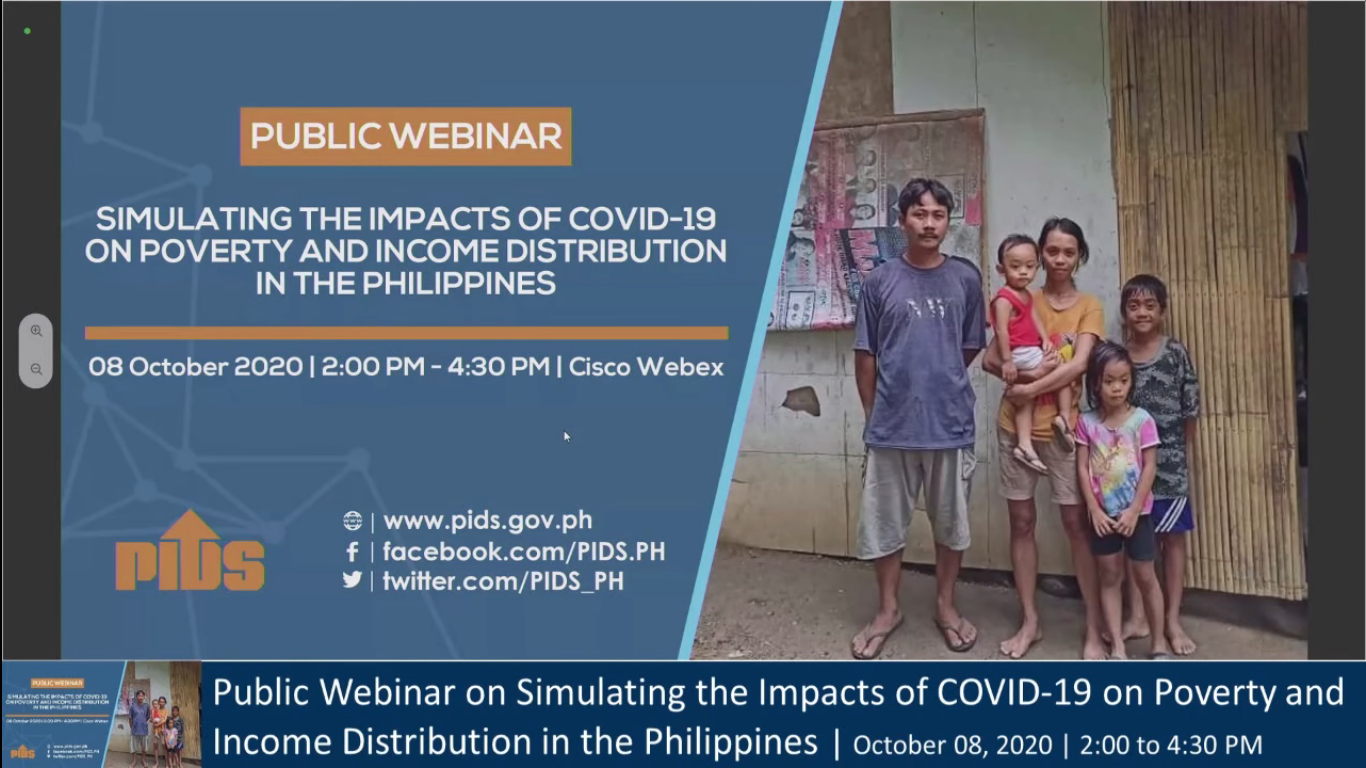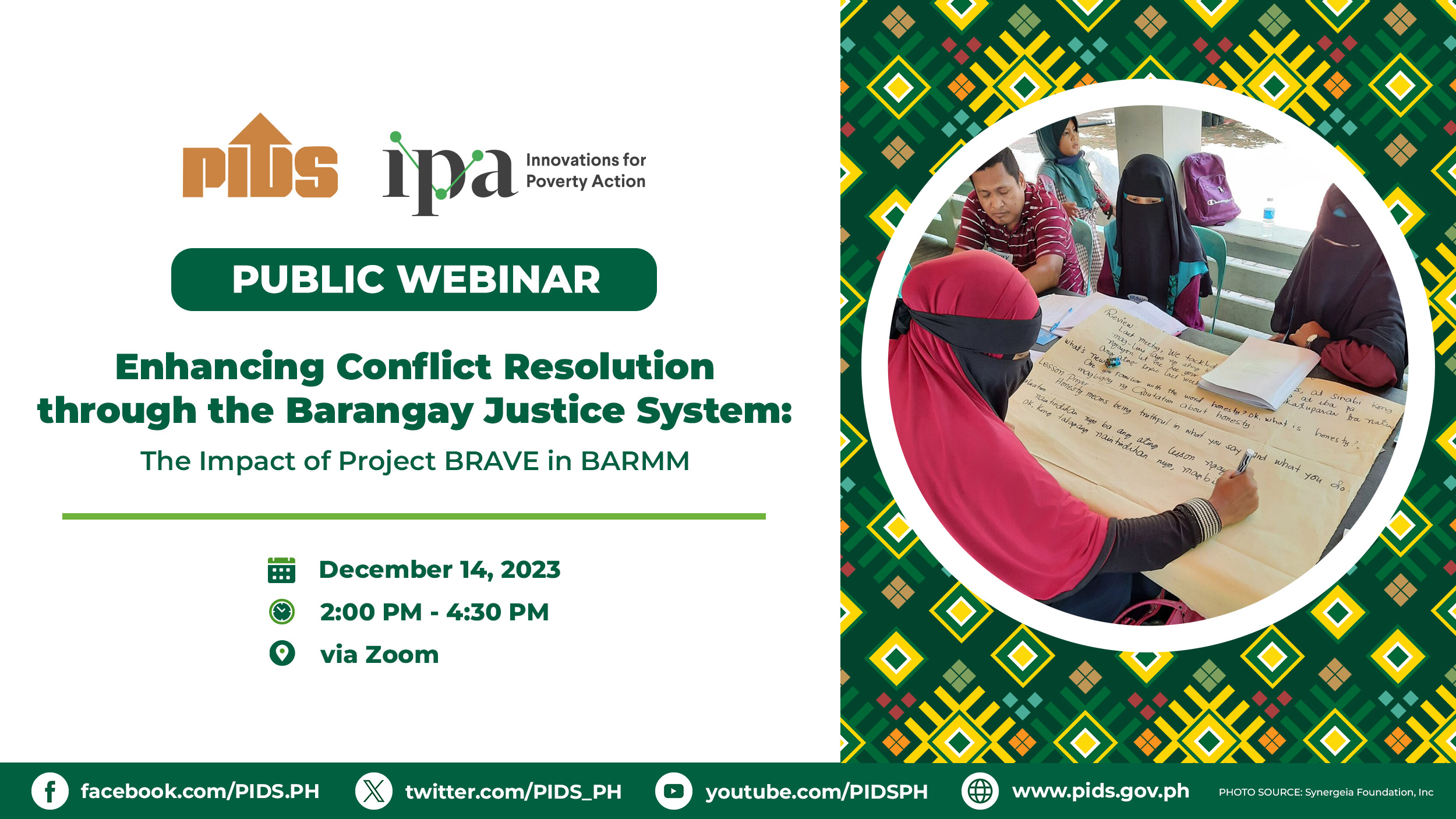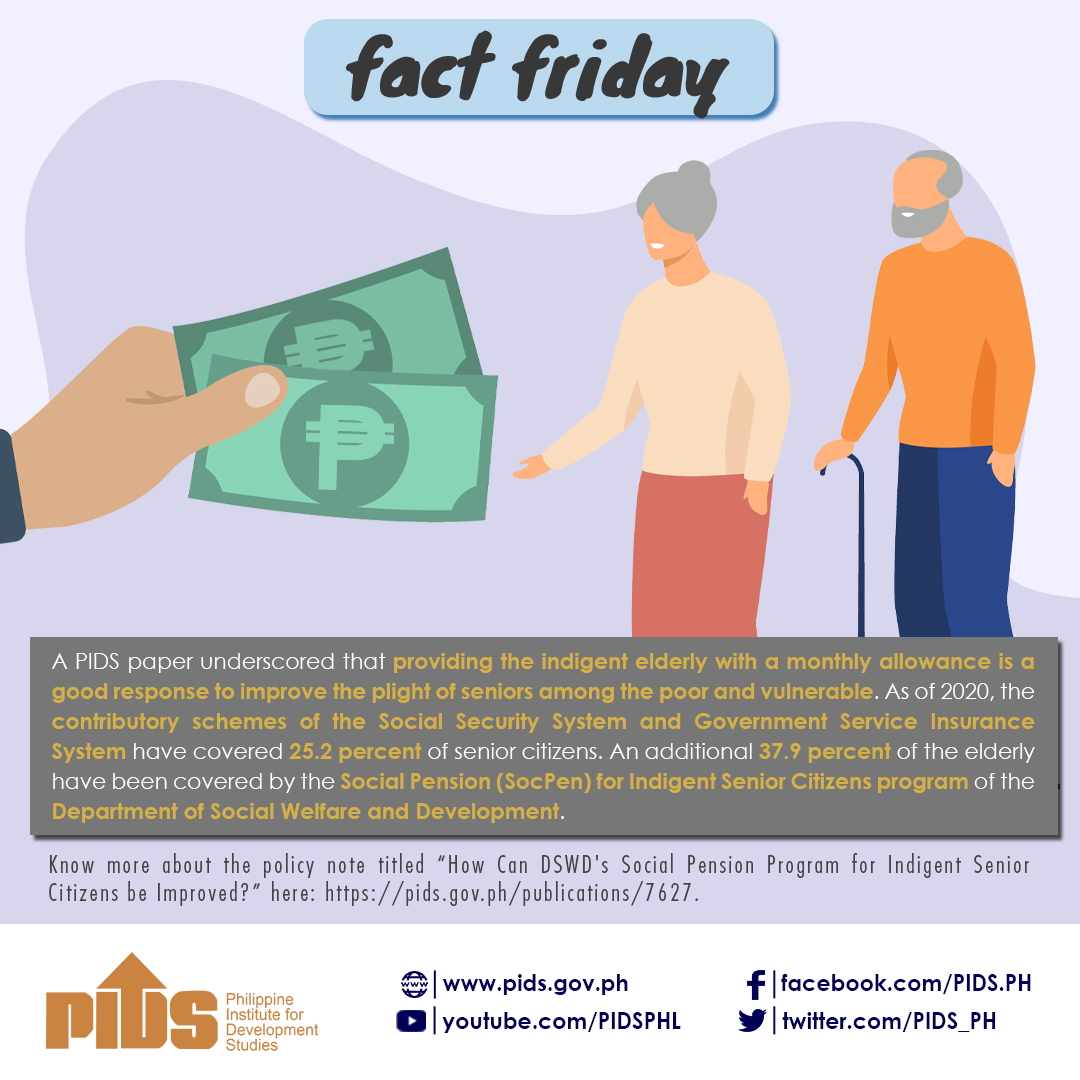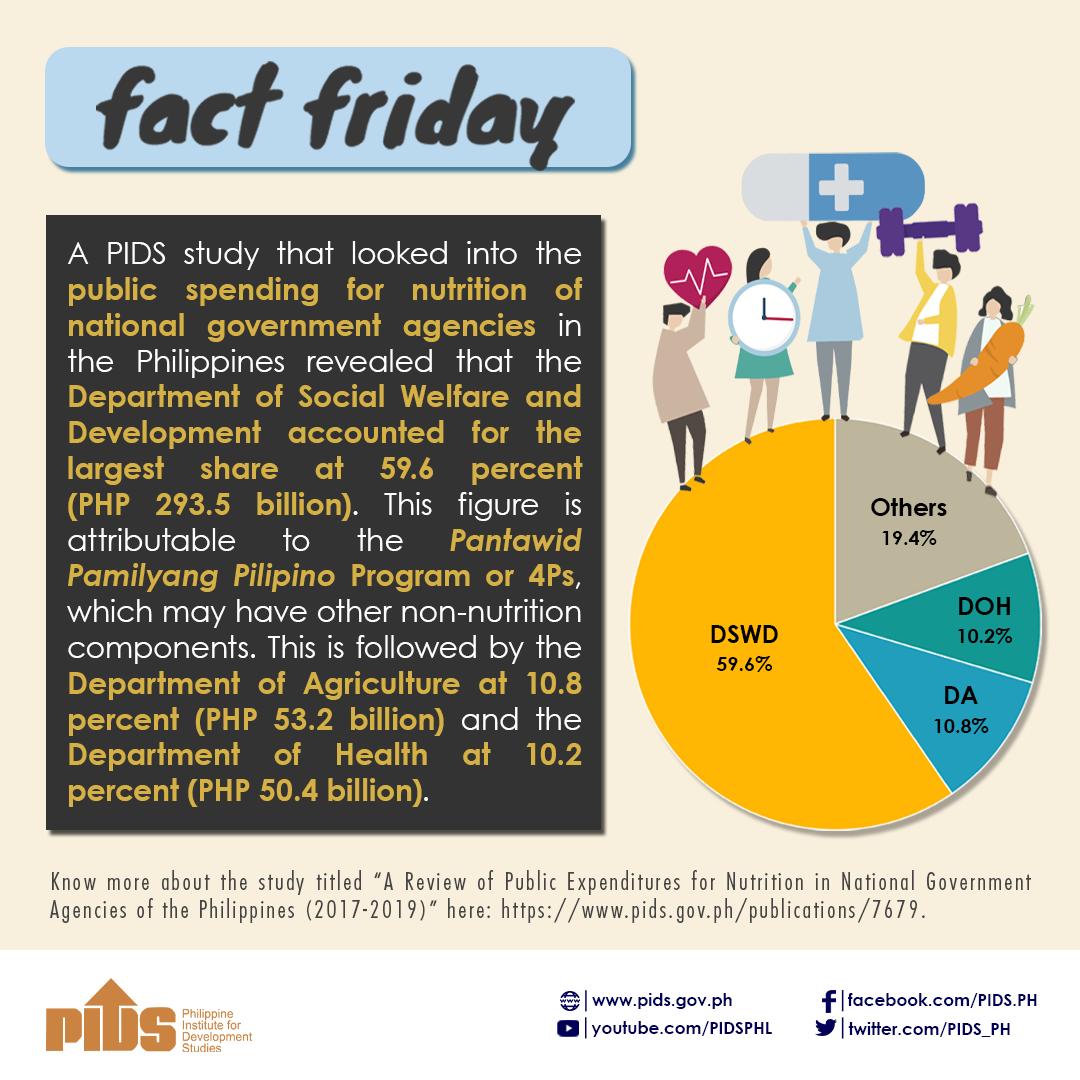The Department of Social Welfare and Development (DSWD) has yet to distribute social amelioration aid to the over 180,000 qualified recipients in the Bangsamoro Autonomous Region in Muslim Mindanao (BARMM) amid the COVID-19 pandemic.
Presenting updates on the distribution of the amelioration aid per region, DSWD Secretary Rolando Bautista explained that the aid amount to be distributed to 180,979 families in the Bangsamoro Region was still to be determined.
“We are collating the data pa po sa BARMM,” Bautista said during the Listong Ugnayan, COVID-19 ay Labanan Online Talakayan Series on Tuesday.
The social amelioration aid is a cash grant worth P5,000 to P8,000 per region, depending on the region's minimum wage rate, for each of the 18 million low-income families affected by the work stoppage as a result of the quarantine measures imposed amid the COVID-19 pandemic.
Based on DSWD data, the national distribution rate has reached at least 45 percent, with around 8.22 million families receiving the amelioration aid out of the targeted 18 million beneficiaries.
Of the 8.22 million, 3.7 million families who already received aid were under the Pantawid Pamilyang Pilipino Program (4Ps).
As for the distribution rate of amelioration aid among those non-4PS members, the Caraga region posted the highest distribution rate at 74%, followed by Region 4B at 59%.
Ranking third was the Cordillera Administrative Region (CAR) at 55%, followed by Region 2 with 54%.
The rest of the field registered the following distribution rates on low-income families outside of 4Ps:
The region with the most number of beneficiaries was Region 4A with over 1.9 million families, followed by the National Capital Region with around 1.5 million families.
The region with the least number of beneficiaries was the Bangsamoro Region.
Under the DSWD Omnibus Guidelines, families were excluded from receiving amelioration aid if any of their members were:
According to a 2018 study by the Philippine Institute for Development Studies (PIDS) which serves as the government's primary socio-economic policy think tank, 58% of the Philippine population belong to the lower-income class or those whose monthly income is P19,000 and below. — DVM, GMA News
Presenting updates on the distribution of the amelioration aid per region, DSWD Secretary Rolando Bautista explained that the aid amount to be distributed to 180,979 families in the Bangsamoro Region was still to be determined.
“We are collating the data pa po sa BARMM,” Bautista said during the Listong Ugnayan, COVID-19 ay Labanan Online Talakayan Series on Tuesday.
The social amelioration aid is a cash grant worth P5,000 to P8,000 per region, depending on the region's minimum wage rate, for each of the 18 million low-income families affected by the work stoppage as a result of the quarantine measures imposed amid the COVID-19 pandemic.
Based on DSWD data, the national distribution rate has reached at least 45 percent, with around 8.22 million families receiving the amelioration aid out of the targeted 18 million beneficiaries.
Of the 8.22 million, 3.7 million families who already received aid were under the Pantawid Pamilyang Pilipino Program (4Ps).
As for the distribution rate of amelioration aid among those non-4PS members, the Caraga region posted the highest distribution rate at 74%, followed by Region 4B at 59%.
Ranking third was the Cordillera Administrative Region (CAR) at 55%, followed by Region 2 with 54%.
The rest of the field registered the following distribution rates on low-income families outside of 4Ps:
- 50% for Region 12
- 49% for Region 5
- 39% for Region 3
- 36% for Region 1
- 33% for Region 6
- 29% for Region 4A
- 26% for Region 7
- 25% for Region 11
- 22% for Region 10 and
- 13% for National Capital Region
The region with the most number of beneficiaries was Region 4A with over 1.9 million families, followed by the National Capital Region with around 1.5 million families.
The region with the least number of beneficiaries was the Bangsamoro Region.
Under the DSWD Omnibus Guidelines, families were excluded from receiving amelioration aid if any of their members were:
- elected and appointed government officials such as permanent, contractual, casual, coterminous or personnel contracted (under Memorandum of Agreement, Cost of Service, Job Order, and other similar arrangement/s) in any National Government Agency, Government-Owned and Controlled Corporation, Local Government Unit, and GOCC with original charter;
- employees in the private sector, or those in the formal economy, including those who are employees of GOCC without original charters, regardless of the existence of employee-employer relationship, and regardless of the fact that they are receiving salary or wage; retired individuals who are receiving a pension; and
- families with independent financial capacity consistent with the intent of Bayanihan law to provide assistance to low-income families.
According to a 2018 study by the Philippine Institute for Development Studies (PIDS) which serves as the government's primary socio-economic policy think tank, 58% of the Philippine population belong to the lower-income class or those whose monthly income is P19,000 and below. — DVM, GMA News

